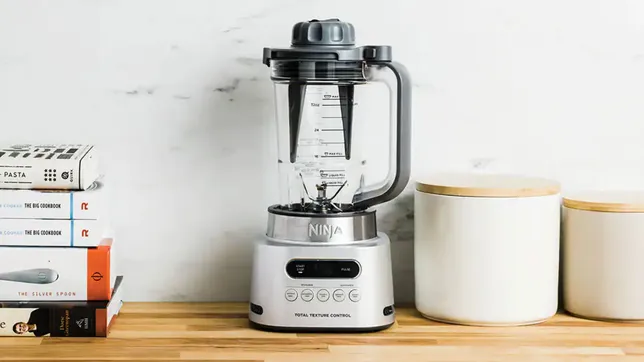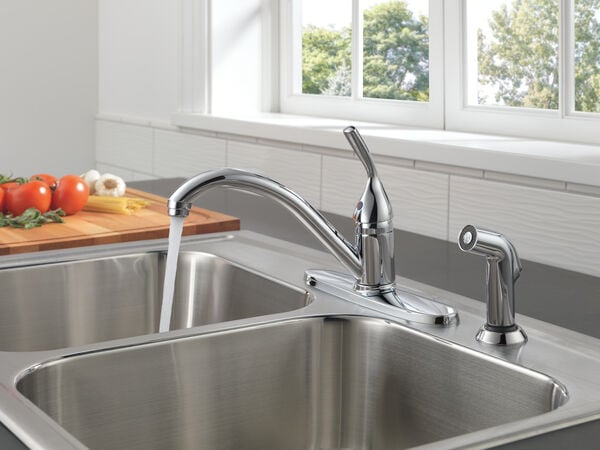
Are you aware of substitutes for wax paper when it’s unavailable? In this article, I’ll present several alternatives to wax paper that you can utilize when you’ve run out of it.
What Is Wax Paper?
Wax paper is a type of paper that features a waxy surface on both sides, though some variations may only have one side coated. Its primary use lies in wrapping food items for preservation purposes.
Additionally, it serves as a convenient lining for cake pans, preventing the cake batter from sticking to the pan. You can commonly find wax paper sold in rolls, and there are also pre-cut squares available from various foodservice equipment suppliers.
3 Alternatives To Wax Paper
Wax paper and parchment paper are versatile in various applications, often interchangeable, but not always. The dissimilarity lies in their heat resistance, as wax paper tends to melt when exposed to heat, while parchment paper can withstand temperatures up to 450°F, depending on the brand.
Both types of paper work well for preventing sticking when rolling out cake batter and layering cookies and candies for storage. However, when it comes to lining a baking sheet for cookies or roasting meat and vegetables, parchment paper is the preferred choice. It is also the go-to paper for cooking en papillote, where food is folded in a packet and baked.
There is one exception when it comes to using wax paper in heat: it can be employed to line the bottom of cake pans, as the cake batter absorbs much of the heat, preventing the wax from melting.
For non-heat applications, you have several alternatives to wax paper, such as parchment paper for covering baking sheets and cake pans, plastic wrap for wrapping food, or aluminum foil for food wrapping. Parchment paper is a great substitute for wax paper since its silicone-infused surface prevents any part of it from melting off during baking.
Parchment paper is produced using silicone or by processing paper pulp with sulfuric acid until it gelatinizes. Its non-stick properties and heat resistance make it ideal for baking, and it also serves as a safe option for wrapping food, as it doesn’t transfer any toxins to the food.
On the other hand, wax paper is excellent for wrapping food due to its non-stick properties and its inability to transfer toxins. However, it cannot replace parchment paper for non-stick lining in baking dishes because it lacks the heat resistance of parchment paper.
When using parchment paper for baking cookies, you can reuse it multiple times until it’s worn out. By lightly oiling the pan before adding parchment paper, you ensure extra protection against sticking.
If you are using parchment paper to cover cakes or cookies, it will work better than wax paper, as it won’t leave any wax residue on the food. Just lightly oil the pan and parchment paper to prevent sticking. The best way to do this is by using a pastry brush. For baking cookies, simply place the parchment paper on the pan without greasing.
As for the wax paper alternatives, you have aluminum foil, parchment paper, and freezer paper. Each of these kitchen staples has its specific uses, so it’s essential to choose the right one for your cooking needs.
Knowing the distinctions and tips for using these papers correctly will make your cooking experiences much more enjoyable and successful.
1. Aluminum Foil

Sure, let’s explore the versatility of foil and wax paper and determine which one might be the better choice for different purposes. When it comes to preventing sticking, wax paper is your go-to, while foil is excellent for preserving and protecting.
One advantage of aluminum foil is its recyclability, which makes it an eco-friendly option compared to wax paper. If you prioritize environmental conservation and find yourself torn between foil and wax paper, opting for foil would be a more sustainable choice. Just remember to wash off any residue before placing it in the recycling bin.
2. Parchment Paper

Waxed paper and parchment paper both fall under the category of coated papers, but their distinctiveness lies in the nature of their coatings. Parchment paper, available in bleached and unbleached varieties, is coated with silicone, while wax paper is coated with either soybean or paraffin wax.
The difference in their coatings results in various applications. Parchment paper’s silicone coating renders it heat-resistant and nonstick, making it perfect for lining baking sheets to prevent food from sticking. This nonstick property cannot be replicated with wax paper because the wax would melt, rendering it ineffective as a nonstick barrier and leaving residue on the food being cooked.
Wax paper, on the other hand, finds its best use in lining countertops and tables before rolling out pie crusts or kneading dough to avoid creating a mess. It also serves well for wrapping food items for cold storage or lining a pan, such as when preparing fudge. Placing a piece of wax paper between frozen items prevents them from sticking together.
To sum it up, parchment paper is ideal for hot applications where heat resistance and nonstick properties are crucial, while wax paper is better suited for cold applications where preventing sticking and creating barriers are more relevant
3. Freezer Paper

Both freezer paper and wax paper serve similar purposes, primarily for wrapping and preserving food items. However, the key distinction lies in their coatings. Freezer paper is coated with plastic on one side, while wax paper is coated with wax on both sides.
The plastic coating on freezer paper makes it significantly more durable than wax paper and provides better protection in the freezer. For instance, when meat is wrapped in wax paper, it remains freezer burn-free for a few months. On the other hand, when meat is wrapped in freezer paper, it can last for up to a year, showcasing its superior resistance to moisture.
If you plan to cook the food soon after wrapping it, wax paper can be suitable. However, for long-term freezer storage, it’s advisable to use freezer paper due to its enhanced durability and ability to protect against freezer burn.
Wrapping Up
When you find yourself in a situation where you’ve run out of wax paper, there are several viable alternatives to consider. Parchment paper emerges as a top contender, offering heat resistance and a nonstick surface, making it ideal for various baking and cooking applications. Additionally, plastic wrap serves as an excellent substitute for wrapping food items, especially when heat is not involved.
If you’re looking for a more eco-friendly option, aluminum foil provides a recyclable solution for food wrapping and baking, though it might not be as versatile as parchment paper in some instances.
Ultimately, the choice of a wax paper substitute depends on the specific task at hand. Whether it’s preventing sticking, preserving food, or lining baking pans, there’s a suitable alternative to meet your needs. By keeping these substitutes in mind, you can continue cooking and baking with confidence, even when your wax paper supply runs out. So, next time you run out of wax paper, rest assured that you have a range of reliable options to keep your culinary adventures going without a hitch. Happy cooking!















